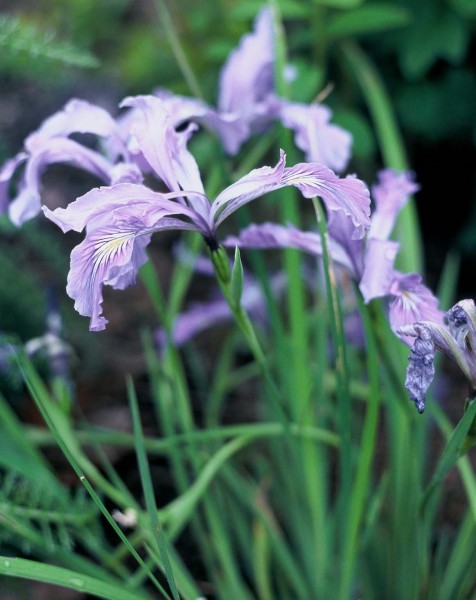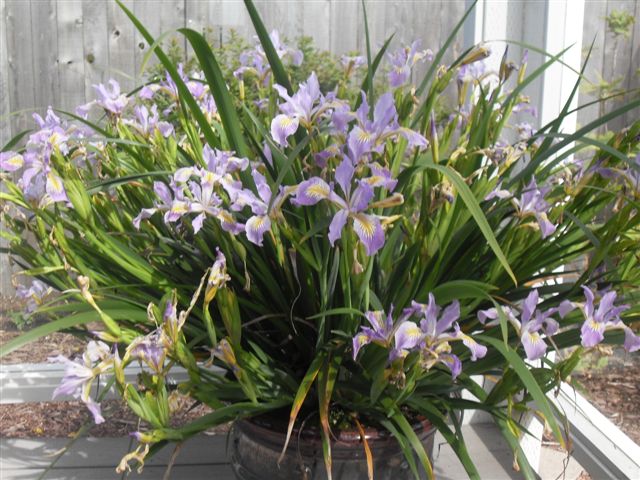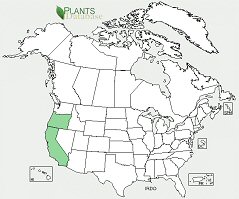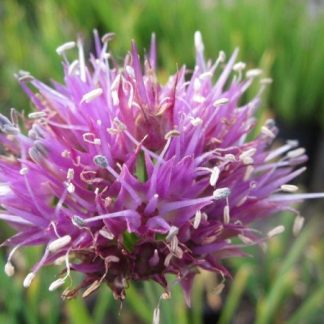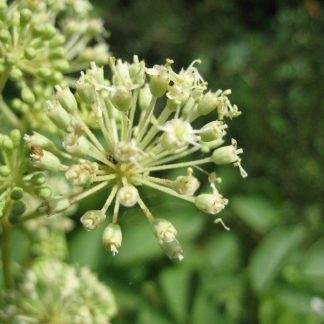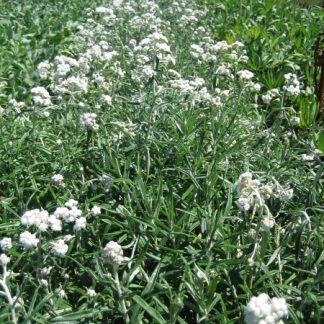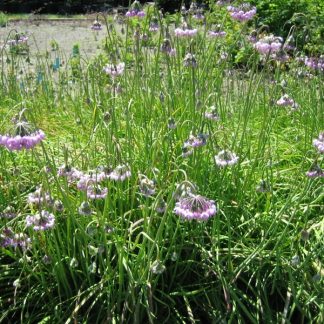Habit: forms large clumps by reproducing vegatatively through underground creeping rhizomes. Individual plants have a few branches, stems are reddish in color sprouting evergreen leaves that are long and folded in half from the base lengthwise. Flower stems are branched with one to several flowers that are large and showy. Iris douglasiana has pale cream to light, dark lavender or deep reddish purple flowers that bloom from March to May. Fruit is an elongated capsule, triangular in cross section.
Ecology: found along the Pacific Coast in Oregon south to Santa Barbara, California. Usually growing at low elevations in coastal meadows, and grassy open hillsides, mixed evergreen forest as well as bluffs.
Growing Conditions: full sun to partial shade, moist to dry well-drained soil, with high organic matter. Tolerates coastal conditions and drought as well as seasonal flooding.
It can be used for rock gardens, ground cover, borders, wetlands, ponds, and streams. Native irises are free flowering, most are long lived, require very little attention, and provide an abundance of seeds. Iris flowers attract insects and birds and provide nectar to hummingbirds.

